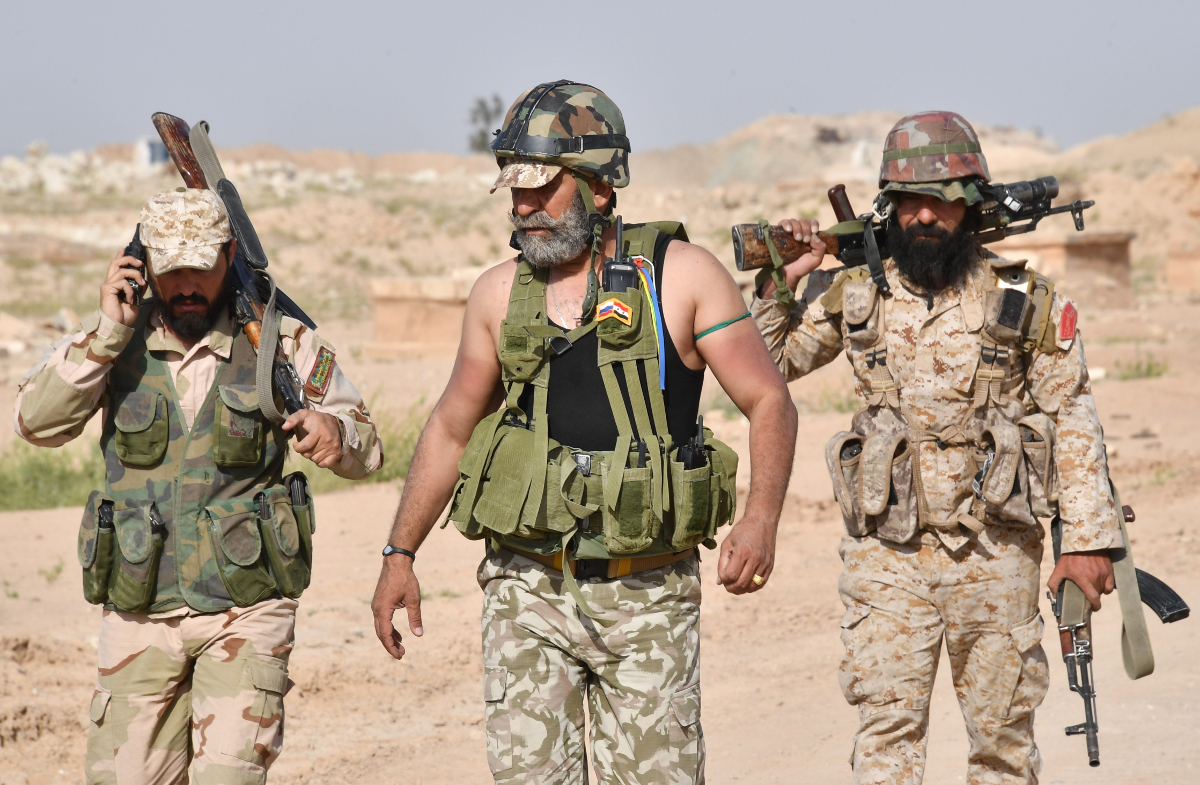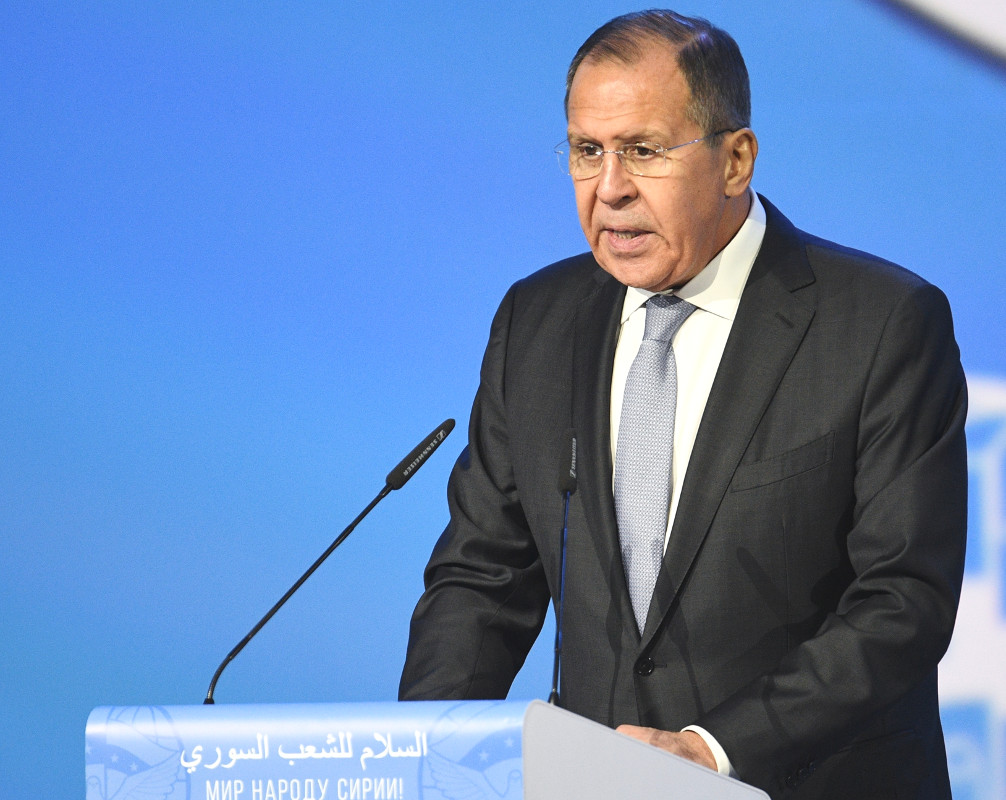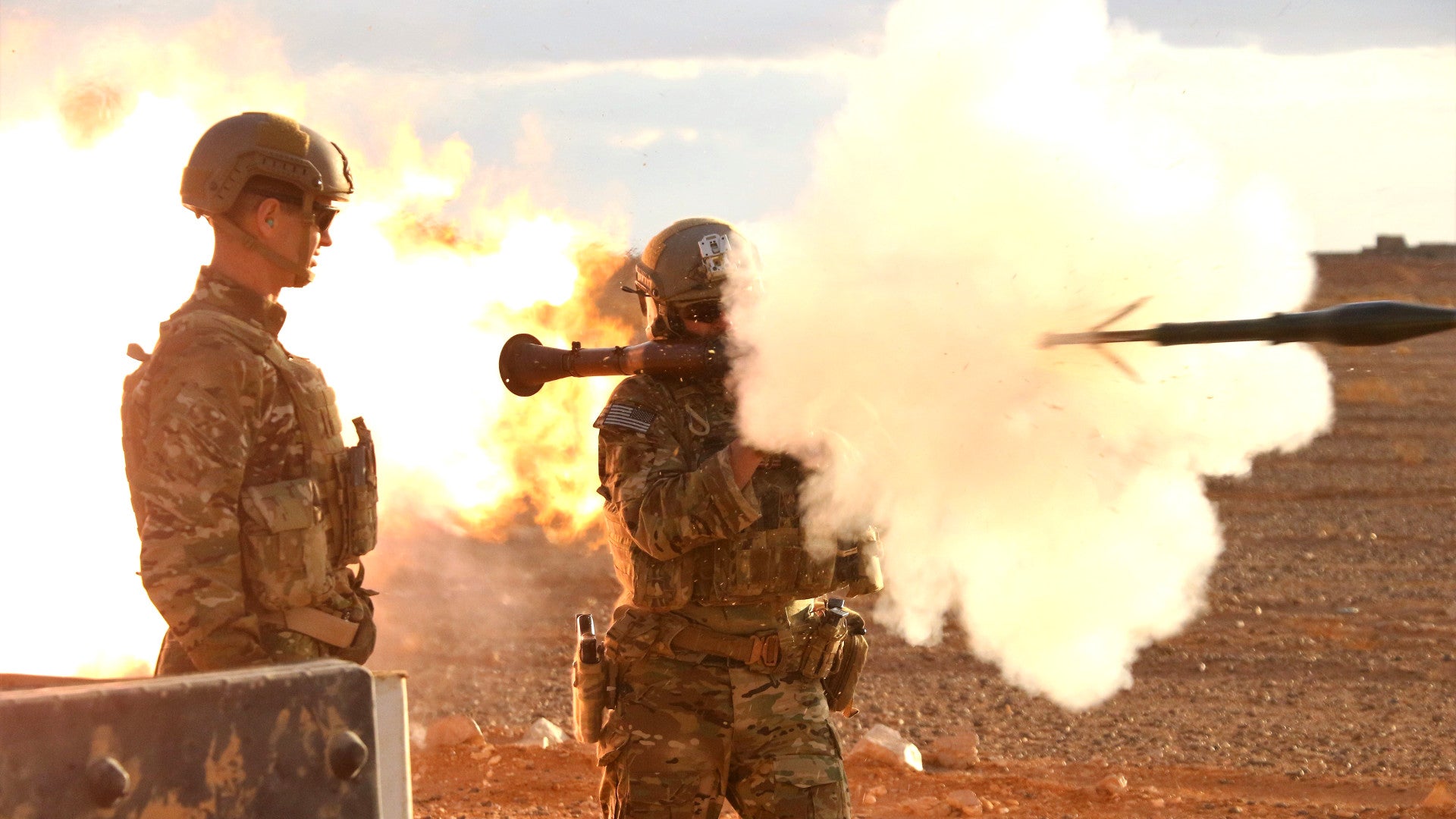The U.S. military says members of the American-backed coalition fighting ISIS in Syria, most likely U.S. special operation forces, and their local partners have come under attack in Eastern Syria from forces allied with the country’s dictator Bashar Al Assad. Details remain thin, but the United States is reportedly investigating whether Russian mercenaries or Iranian militias may have been involved in the incident.
On Feb. 7, 2018, U.S. Central Command, which oversees American military operations in the Middle East and Central Asia, announced the attack in Syria’s Middle Euphrates River Valley had occurred in a brief and vaguely worded statement. The release described the attack as “unprovoked” and directed at a Syrian Democratic Forces (SDF) headquarters located nearly five miles east of a formal, but dubiously effective “de-confliction” line that the United States and Russia have agreed to in Syria to separate the two countries’ activities. The enemy force reportedly included artillery and other heavy weapons and had to cross the Euphrates River with that equipment.
The SDF, which predominantly consists of Kurdish fighters, but also includes smaller numbers of Sunni Arabs and Turkmen, receives various types of support from the U.S.-led coalition battling ISIS in Syria. An unknown number of “coalition” personnel members were at the site, who were likely the ones that called in the unspecified counterattacks, which reportedly included both air strikes or artillery fires.
Here is the full text of CENTCOM’s statement:
Syrian pro-regime forces initiated an unprovoked attack against well-established Syrian Democratic Forces headquarters Feb. 7.
Coalition service members in an advise, assist, and accompany capacity were co-located with SDF partners during the attack eight kilometers east of the agreed-upon Euphrates River de-confliction line.
In defense of Coalition and partner forces, the Coalition conducted strikes against attacking forces to repel the act of aggression against partners engaged in the Global Coalition’s defeat-Daesh mission.
The Coalition remains committed to focusing on the defeat-Daesh mission in the Middle Euphrates River Valley and asserts its non-negotiable right to act in self-defense.
So far there is no confirmation about who the attackers might have been and there have been no claims of responsibility. CNN’s Barbara Star Tweeted out shortly after the first reports of the incident emerged that Russian contractors may have been involved, but did not provide a source for that information.
A subsequent CNN report, citing anonymous U.S. government officials, said that there was no evidence yet of Russian involvement, but that the United States was actively looking into a possible connection. The U.S. military was also considering the possibility that Iranian-backed militias might have taken part.
Its no secret that Russian-run private military companies are conducting operations in Syria and it is widely understood that they act as a proxy for Russia’s actual security forces in the country, though the exact relationship between the Kremlin and these organizations is unclear. There have also been reports that these groups are fighting as far east as the Eastern Syrian city of Deir ez-Zor, which skirts the de-confliction line separating the U.S.-backed SDF from Russian and Syrian government forces.
This isn’t the first time American troops in Syria have come under attack from Pro-Assad forces. In 2017, U.S. special operations forces called in air strikes as a convoy of Iranian-backed militiamen in light and armored vehicles approached their base near the Southern Syrian city of At Tanf located near the nexus of the Iraq-Jordan-Syria borders. American aircraft subsequently shot down two Iranian-made drones in the same area after they attempted to attack the garrison. Also, in June 2017, a U.S. Navy F/A-18E Super Hornet shot down a Syrian Arab Air Force Su-22 Fitter attack aircraft after it attacked SDF personnel near the Al Tabqa dam, west of the city of Raqqa.
We at The War Zone have repeatedly warned about the increasing potential for a skirmish between American and Russian troops, as well local partners and contractors on both sides, in Eastern Syria as the immediate threat of ISIS recedes. Russian combat aircraft have already been involved in an increasing number of aggressive aerial intercepts or other altercations with American military aircraft in Syria, especially near the de-confliction line. In December 2017, a U.S. Air Force F-22 Raptor stealth fighter nearly collided with a Russian Su-25 Frogfoot ground attack plane near Al Mayadin, which sits along the Euphrates River south of Deir ez-Zor.

U.S.-Russia relations remain poor in general, in particular over U.S. government accusations that the Russian government actively attempted to sway the outcome of America’s 2016 president election. Russian President Vladimir Putin has said a series of politically-focused hacks could have been the work of particularly “patriotic” Russians rather than actual agents of the government, which would mirror the Kremlin’s use of private military companies as proxies in Syria.
The United States is also an outspoken critic of the Kremlin’s support for Assad and for separatists fighting the Ukrainian government. Wagner Group, one of the most notable Russian private military companies in Syria, has also been present in Eastern Ukraine.
It’s not clear what inciting factors might have prompted Russia to support or otherwise tacitly approve the attack. However, in December 2017, Vladimir Putin did declare victory against ISIS and the end to major combat operations in Syria.
Since then, Russia has increasingly criticized America’s continued involvement in the country, saying that since the terrorists are gone, the United States should go, too. The U.S. government in turn announced its intention to stay indefinitely and establish a new partner for in Syria to stave off any attempt by ISIS to regroup. Also on Feb. 7, 2018, Russian Foreign Minister Sergei Lavrov described the United States’ Syrian policies as a de facto attempt to divide the country.

The United States has also been increasingly critical of Russia’s involvement in Syria, as the Kremlin supports a major Syrian military incursion into the rebel-held Idlib province east of the capital Damascus. There have been a new surge of reported chemical weapon attacks by the Syrian government on civilians as part of that operation, as well as indiscriminate air strikes in populated areas. The United States says it believes Syria has resumed manufacturing chemical agents, despite a Russian-brokered deal where it promised to turn over its stockpiles for destruction.
“We know that for years Russia has looked the other way while their Syrian friends use these despicable weapons of war,” U.S. Ambassador to the United Nations Nikki Haley said during a recent U.N. Security Council meeting on Jan. 23, 2018 against innocent civilians in his country. “Russia is complicit in the Assad regime’s atrocities.”
But, if Russian contractors or the Kremlin’s actual troops were involved in this new incident, this would still mark the first time America has come to blows with Moscow on the ground in Syria and potentially indicate a worrying shift in the character of the conflict. Now we are now monitoring for a possible response from Russia concerning this event.
In recent weeks, Moscow’s excursion into Syria has become more visibly taxing, with multiple attacks on their master air base making headlines, one of which was deadly. Most recently, the downing of an Su-25 attack jet and the loss of its pilot at the hands of anti-Assad forces operating in embattled Idlib Province also grabbed the world’s attention. These events have occurred after Putin victory tour in Syria and elsewhere in the region.
We will continue to update this story as more information comes available.
UPDATE: 7:25pm PST—
New reports are emerging stating an armored column crossed the Euphrates, closing in on U.S. and allied forces, with a large death toll coming as a result of U.S. coalition strikes.
Contact the author: joe@thedrive.com
